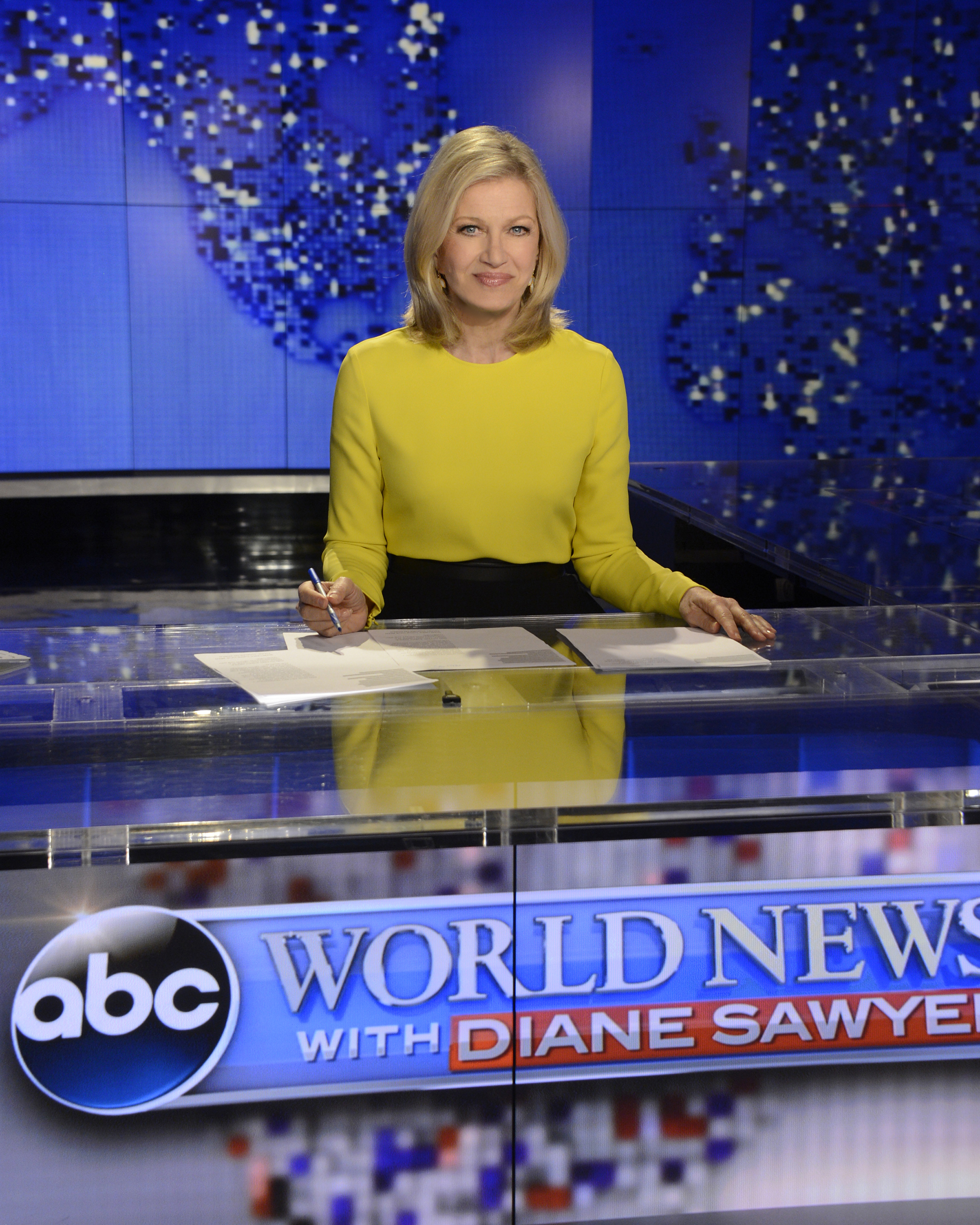
The Women’s Media Center’s annual report is out, and the status of women in news and entertainment is as bleak as ever. Little progress has been made in most areas, and there are some places—like sports journalism—where women have actually lost ground. Representation of women in sports journalism dropped from 17% to 10% last year.
And some of the media news in 2014 was particularly discouraging for women. “Two high-profile roles previously held by women — Diane Sawyer of ABC News and Jill Abramson of The New York Times—were changed in 2014,” said Julie Burton, president of the Women’s Media Center. “These veteran journalists were in positions of power at media giants, shaping, directing and delivering news. Both women were replaced by men.’’ The Status of Women in U.S. Media report, released Thursday, shows how far women still have to go in order to achieve real gender parity.
Here’s a list of some of the most depressing insights from the report, which draws on 49 studies of women across media platforms. (This is why some of the numbers are from 2012-2013, even though this is the report on 2014 and 2015).
1. The news industry still hasn’t achieved anything that resembles gender equality. Women are on camera only 32% of the time in evening broadcast news, and write 37% of print stories news stories. Between 2013 and 2014, female bylines and other credits increased just a little more than 1%. At the New York Times, more than 67% of bylines are male.
2. Men still dominate “hard news.” Even though the 2016 election could be the first time a woman presidential candidate gets a major party nomination, men report 65% of political stories. Men also dominate science coverage (63%), world politics coverage (64%) and criminal justice news (67%). Women have lost traction in sports journalism, with only 10% of sports coverage produced by women (last year, it was 17%). Education and lifestyle coverage were the only areas that demonstrated any real parity.
3. Opinions are apparently a male thing. Newspaper editorial boards are on average made up of seven men and four women. And the overall commentators on Sunday morning talk-shows are more than 70% male.
4. Hollywood executives are still overwhelmingly white and male. Studio senior management is 92% white and 83% male.
5. There’s bad news for actresses and minorities. Women accounted for only 12% of on-screen protagonists in 2014, and 30% of characters with speaking parts. There are also persistent racial disparities: White people are cast in lead roles more than twice as often as people of color, and white film writers outnumber minority writers 3 to 1. In 17% of films, no black people had speaking parts.
6. Women are losing traction behind the scenes. Women accounted for 25% of writers in 2013-2014, down from 34% the previous year. Women make up only 23% of executive producers (down from 27%) and 20% of show creators (down from 24%). For the 250 most profitable films made in 2014, 83% of the directors, producers, writers, cinematographers and editors are guys.
7. The stereotypes persist even in love. Black men are the most likely to be shown in relationships (68% of male characters in relationships are black) while Asian men are the least likely to have girlfriends on screen (29%). Latino characters of both genders were the most likely to be hyper-sexualized on-screen.
8. Latino characters are particularly under-represented. Latinos are 17% of the U.S. population and buy 25% of movie tickets, but have less than 5% of speaking roles in films. There are no Latino studio or network presidents, and from 2012 to 2013, 69% of all maids were played by Latina actresses.
But it’s not all bad news! There’s been some progress made. For example, at the New York Times Book Review, 52% of reviews in 2014 were written by women. At the Chicago Sun-Times, 54% of the bylines were female, and 53% of contributors to the Huffington Post are women. And in the top grossing films of 2013, the number of movies in which teen girls were hyper-sexualized dropped from around 31% to less than 19%.
Read next: See 13 Great American Woman Suffragists
More Must-Reads from TIME
- Why Trump’s Message Worked on Latino Men
- What Trump’s Win Could Mean for Housing
- The 100 Must-Read Books of 2024
- Sleep Doctors Share the 1 Tip That’s Changed Their Lives
- Column: Let’s Bring Back Romance
- What It’s Like to Have Long COVID As a Kid
- FX’s Say Nothing Is the Must-Watch Political Thriller of 2024
- Merle Bombardieri Is Helping People Make the Baby Decision
Write to Charlotte Alter at charlotte.alter@time.com